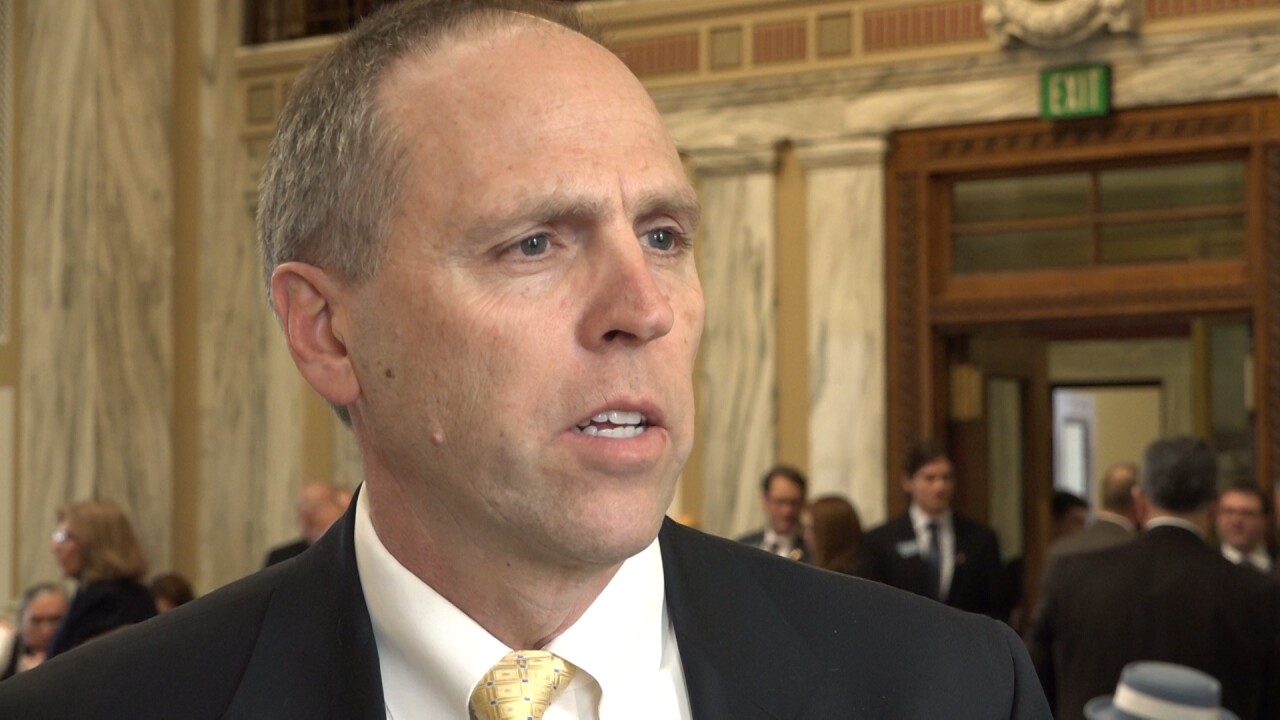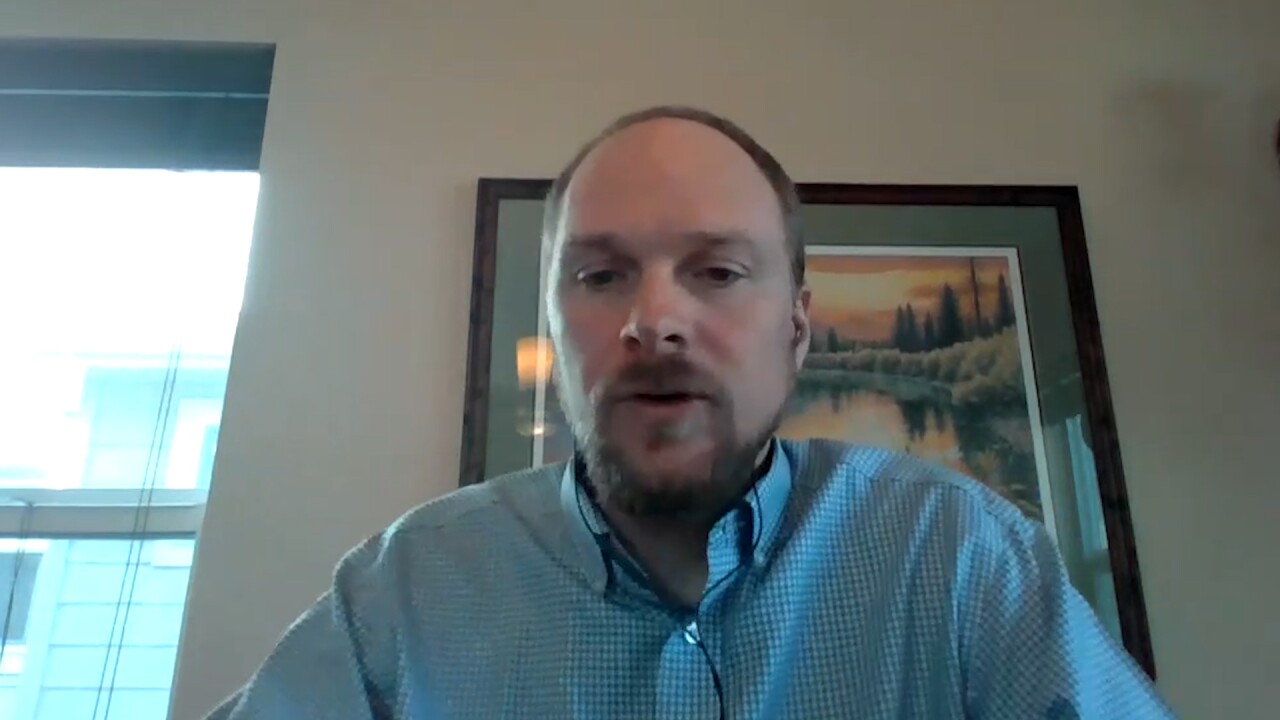Editor’s note: This is the second of a two-part series on the 2021 Legislature’s actions to address the affordable-housing crisis in Montana
As housing prices and rent escalate in many areas of the state, Republicans in the 2021 Legislature are pursuing less regulation on builders and property owners, aimed at speeding development to ease a shortage in housing.
“The biggest thing that’s going to drive down pricing, or keep it stable, is a bigger supply of what you sell,” said state Sen. Greg Hertz, R-Polson. “We have a high demand right now for housing in Montana. We don’t have the inventory there.”
Hertz is sponsoring a bill to narrow what local officials can consider, when reviewing subdivisions – one of several such bills from GOP lawmakers.

Most are passing along party-line votes, with majority Republicans in favor.
Opponents have argued the GOP approach is simply making it less expensive for builders and developers – with no guarantee that they will build more affordable housing.
“The idea that relaxing our planning laws and environmental protections, around our high-growth communities, is somehow going to result in affordable housing is complete and utter hogwash,” says Derf Johnson, an attorney with the Montana Environmental Information Center. “There is no economic backing to that.”
Yet there’s little doubt most of these bills will pass, in some form – and, Republicans say they may take a deep dive on the issue in the coming 18 months, with an eye toward overhauling zoning and other regulations affecting development in 2023.

Hertz said Republicans are discussing a possible interim study on the subject, and urban planners say they’re expecting significant changes in land-use laws during the 2023 Legislature.
In the past year, housing prices in Montana have increased 11 percent, according to the real-estate website Zillow.
Even before last year, the cost of housing has been increasing dramatically in many cities. The price of an average home in booming Bozeman has now surpassed $600,000, or double what it was 10 years ago.
And in places like Missoula, Kalispell, Whitefish, Helena and Billings, home prices aren’t exactly a steal, with averages ranging from $285,000 to $500,000.
Two bills are still alive in the Legislature that would directly incentivize lower-cost housing development, awaiting decisions on whether they’ll be funded.
But Republicans, who control the Legislature and the governor’s office, are looking more toward bills that rewrite regulations on building and development. These bills include:
· Hertz’s Senate Bill 174, which restricts what cities and counties can consider when approving housing subdivisions. It has passed the Senate and is headed for the House floor.
· SB164, which would allow more sewage in groundwater for certain home-treatment systems. It has passed the Senate and a House committee.
· SB294, which prohibits counties from requiring a minimum lot size in certain subdivisions. It has passed the Senate and a House committee.
· SB211, which would end a Missoula requirement that developers set aside a portion of agricultural land, if the development is on prime agricultural soils. It has passed the Legislature and is heading to Gov. Greg Gianforte for his signature.
Lawmakers also have passed a bill that prohibits “inclusionary zoning,” which requires builders to include more affordable houses in part of their developments. Only Bozeman and Whitefish have such a program.

Andrew Hagemeier, a Missoula County planner and past president of the Montana Association of Planners, told MTN News that Montana’s subdivision and zoning laws can certainly be adjusted, both to allow more types of structures and speed housing construction.
But he said he doubts the changes being enacted by the Legislature will lead to more affordable homes or housing.
“Housing is such a challenging, very complicated issue,” he said. “There are so many factors that go into it besides local government policy and regulation. … I don’t think the reforms that we’re seeing will do much to increase the supply of housing.”
He did, however, point to one bill where developers, local governments, planners, Realtors and others have collaborated on, to streamline the review process for subdivisions.
SB161, which was passed last week and needs only the governor’s signature, shortens the review process if developers have infrastructure plans in place and have met various standards set forth by a city.
Hagemeier said it’s a process that should be more widely adopted in Montana, where zoning and growth policies are enacted, upfront, by cities, and the act of subdivision of property is more like checking off some boxes, rather than a lengthy review.
“If there’s a lot of effort put into a comprehensive plan, and it’s implemented through zoning regulations, the subdivision can be a lot simpler,” he said.
Hagemeier also said cities should probably re-examine zoning regulations, to allow more construction or development of housing such as multifamily homes, townhouses and apartments, rather than just single-family dwellings.
“It’s within the power of local cities to do that,” he said. “The biggest hurdle is often themselves. … When we talk about increasing density in neighborhoods, people often oppose it.”


